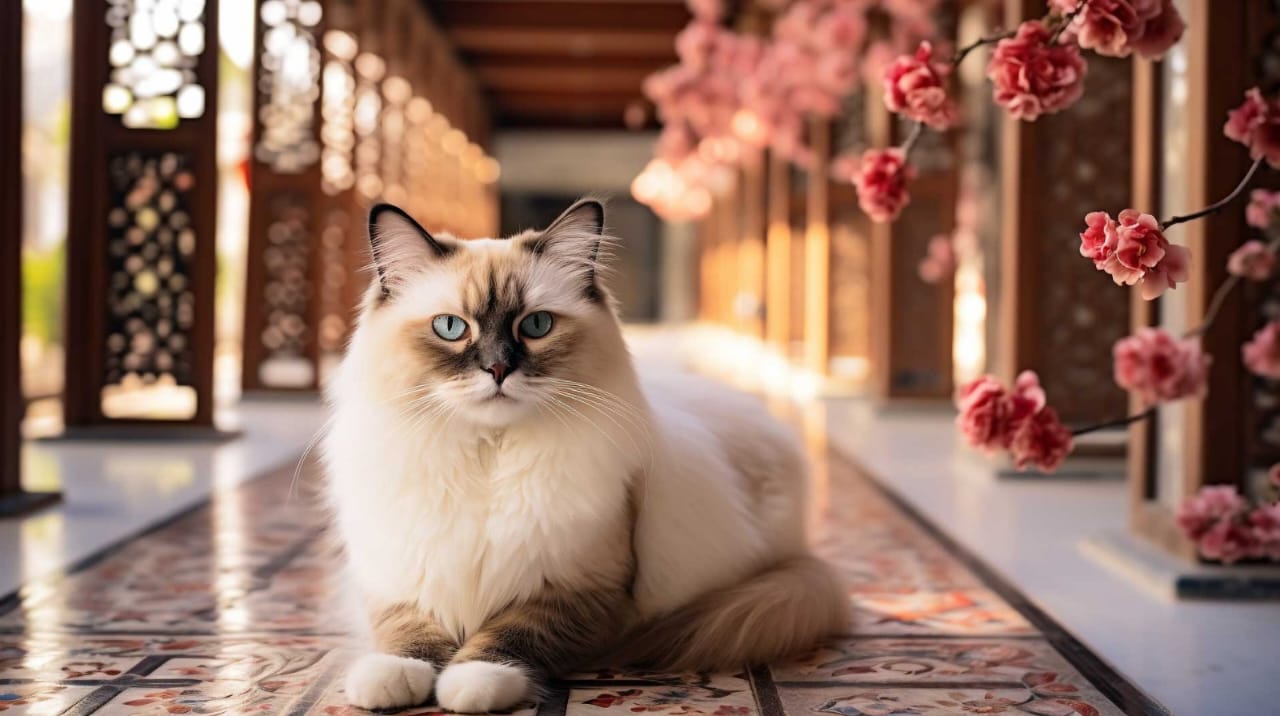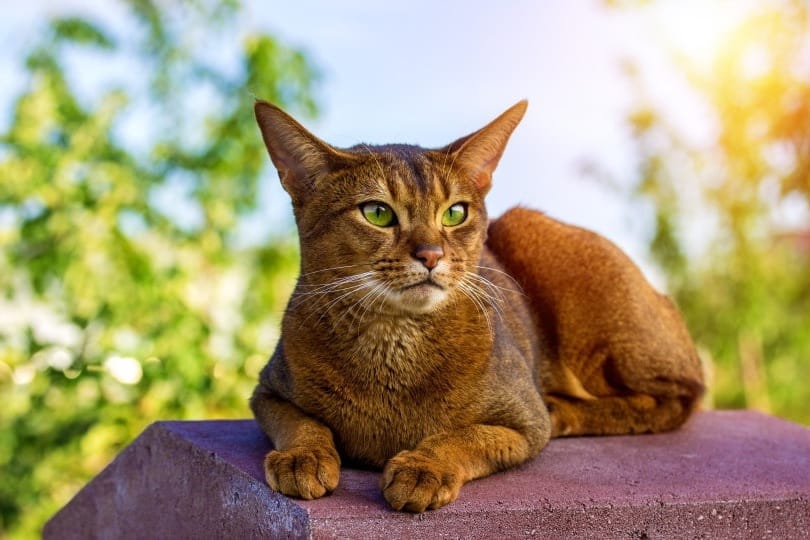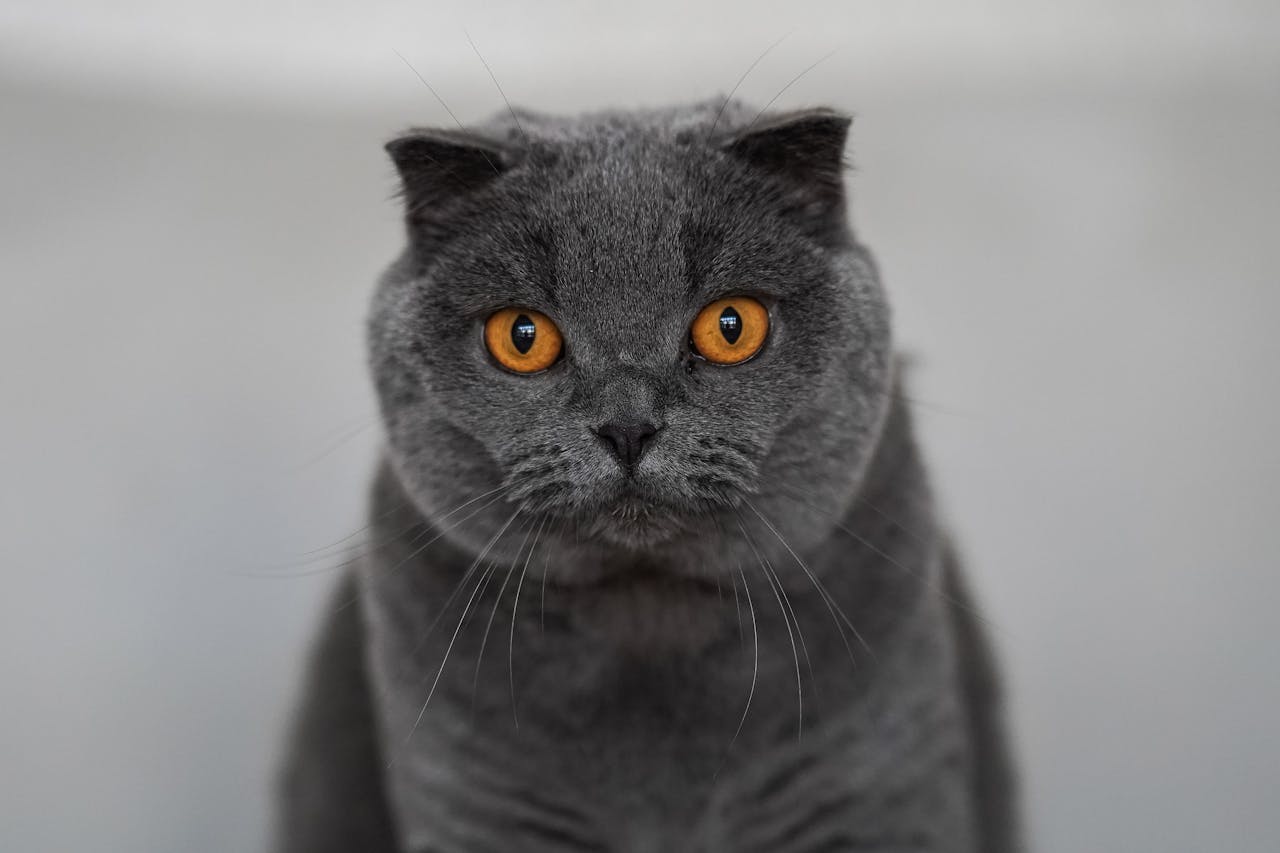Persian cats are renowned for their luxurious coats, striking facial features, and calm, affectionate demeanor. With a history dating back centuries, they are one of the most recognizable and beloved cat breeds worldwide.
From their unique physical traits to their gentle personality, Persian cats have become synonymous with elegance and charm, making them a favorite choice for cat lovers seeking a serene and loyal companion.
Table of Contents
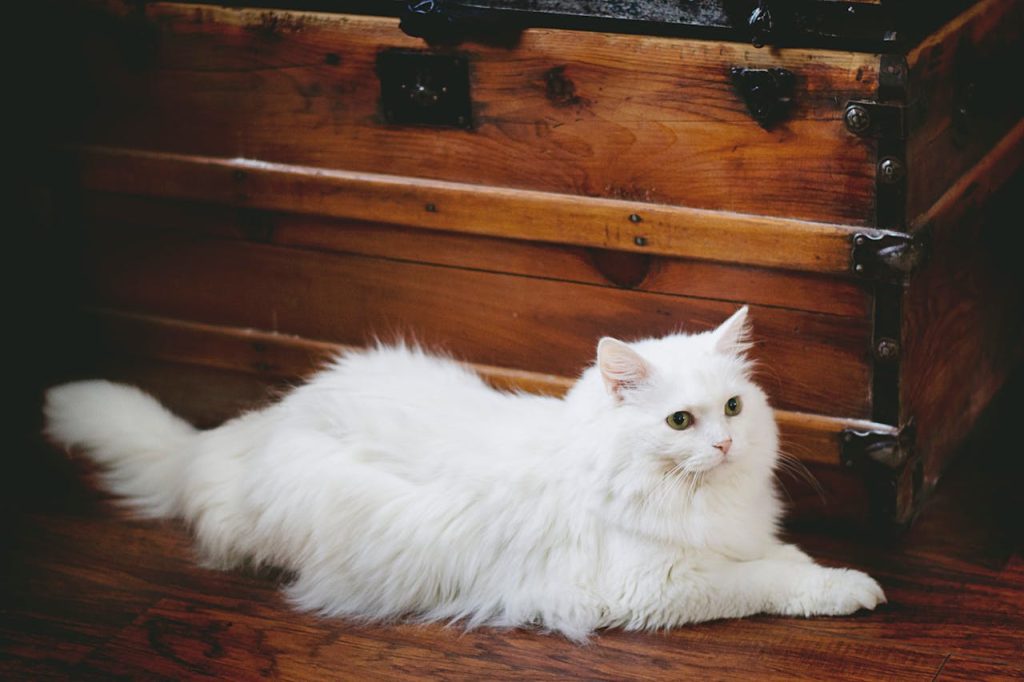
Introduction
The Persian cat is a symbol of beauty and grace, widely admired for its flowing coat, expressive eyes, and calm nature. Known as one of the oldest and most iconic cat breeds, Persians have a storied history that spans centuries and continents.
Their unique combination of striking looks and gentle temperament has made them a staple in homes and hearts around the globe.
In this article, we will explore everything you need to know about Persian cats, from their origins to their care, and why they remain such a beloved breed today.
Looking for more reasons to love cats? Don’t miss our article, Why Cats Are the Best Pets.
History and Origin
The history of Persian cats can be traced back to ancient Persia (modern-day Iran), where they were first documented in the 17th century. Early travelers brought these majestic cats to Europe, where they quickly gained popularity among aristocrats and royalty.
By the 19th century, Persian cats became a staple in the cat fancy world, with their striking appearance making them a favorite in competitions and exhibitions.
Persians have since been selectively bred to enhance their signature features, including their long, silky coats and distinctive flat-faced appearance.
Despite their changes over time, they remain one of the most cherished and instantly recognizable breeds.
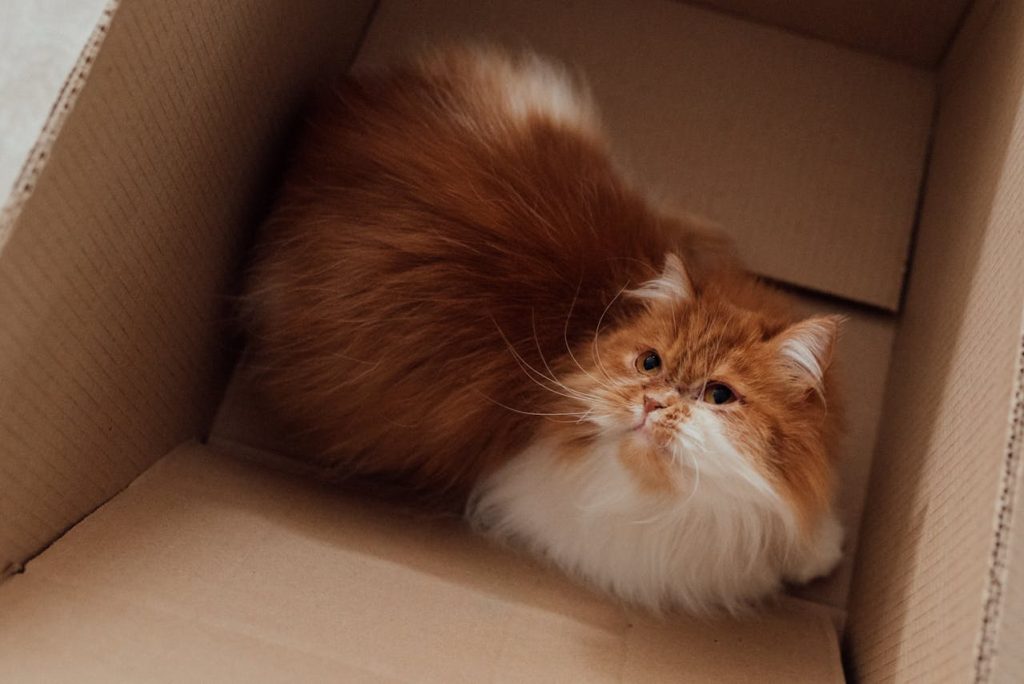
Physical Characteristics
Persian cats are known for their luxurious, long coats and distinctive facial features. Their coats come in a wide range of colors and patterns, including solid, bicolor, tabby, and calico.
Their eyes are large, round, and often vibrant shades of blue, green, or copper, depending on their coat color. The Persian’s flat-faced (brachycephalic) profile, with its short nose and rounded head, is one of its most defining traits.
Male Persian cats are typically larger than females, with males weighing between 9-14 pounds and females averaging 7-11 pounds. Both genders share a sturdy, compact build with short legs and a bushy tail, contributing to their overall plush appearance.
Temperament and Personality
Persian cats are known for their gentle and affectionate nature. They are quiet and laid-back, preferring to lounge on a cozy cushion or in their owner’s lap rather than engaging in high-energy play.
Persians are incredibly loyal and enjoy the company of their human companions, making them ideal for households seeking a calm and devoted pet.
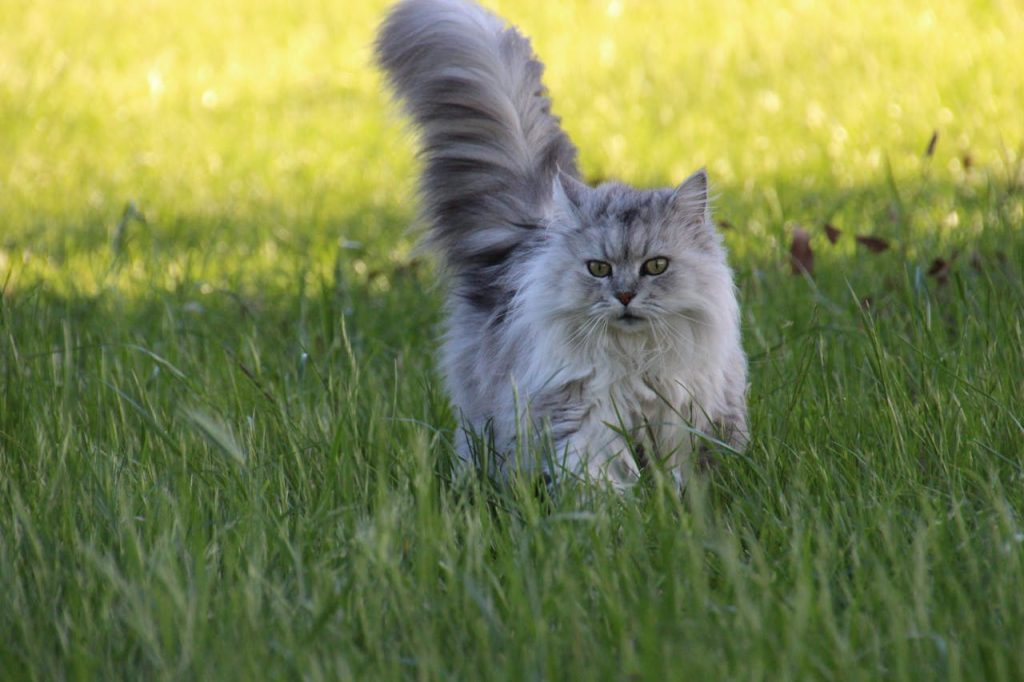
Choosing the Right Persian Kitten
When selecting a Persian kitten, consider factors such as health, temperament, and appearance.
Reputable breeders and shelters are the best places to find Persian kittens. Look for a kitten with bright eyes, a clean coat, and an energetic demeanor. Pay attention to their lineage, as responsible breeders will prioritize the health and well-being of their cats.
Early socialization is crucial to raising a well-adjusted Persian. Exposing them to various environments and experiences during their kittenhood will help them develop confidence and adaptability.
Intelligence and Training
Persians are intelligent but not overly active, which means they may require a bit of patience during training. They respond best to positive reinforcement techniques, such as treats and gentle praise.
Teaching them simple commands like “sit” or “come” is achievable with consistency and patience. Their intelligence also makes them adept at using scratching posts and litter boxes, but they may need encouragement to engage in interactive play.
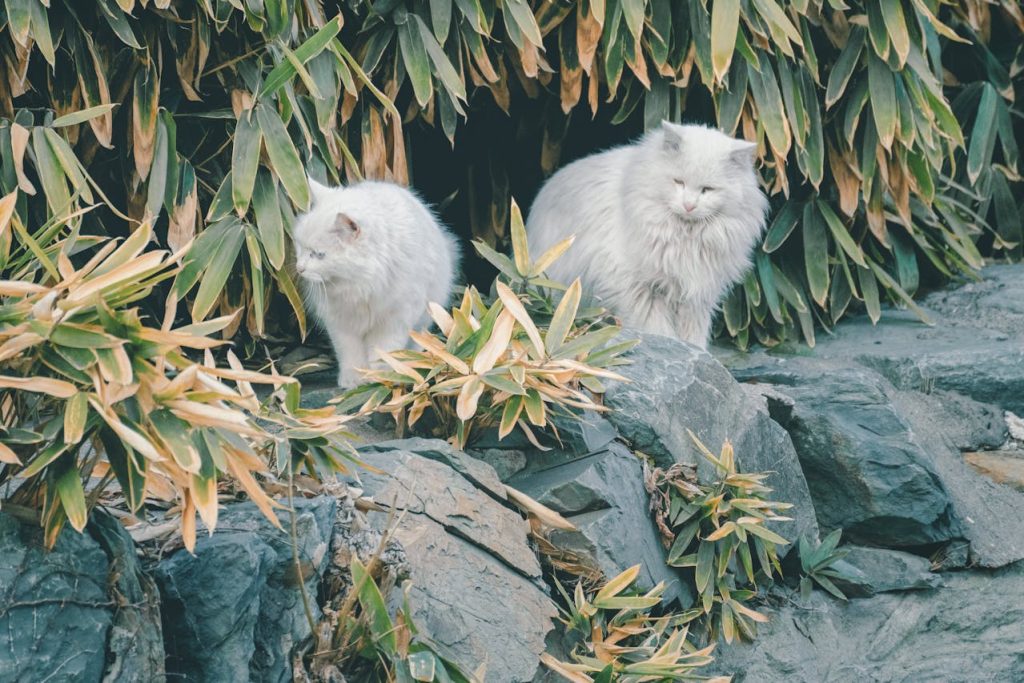
Exercise and Energy Levels
Persians are not known for their high energy levels, but they do enjoy short bursts of play. Providing toys such as feather wands or balls can keep them entertained.
Interactive play sessions help maintain their physical health and prevent obesity. Their calm demeanor means they are just as happy relaxing in a sunny spot as they are engaging in gentle play.
Diet and Nutrition
A balanced diet is essential for Persian cats, particularly given their tendency toward obesity.
High-quality commercial cat food tailored to their needs—such as formulas for long-haired breeds or indoor cats—can help maintain their health. Wet food can also be incorporated to ensure hydration.
Feed your Persian two to three small meals a day to prevent overeating. Fresh water should always be available, and a cat water fountain can encourage hydration.
Treats should be given sparingly to avoid unnecessary weight gain.
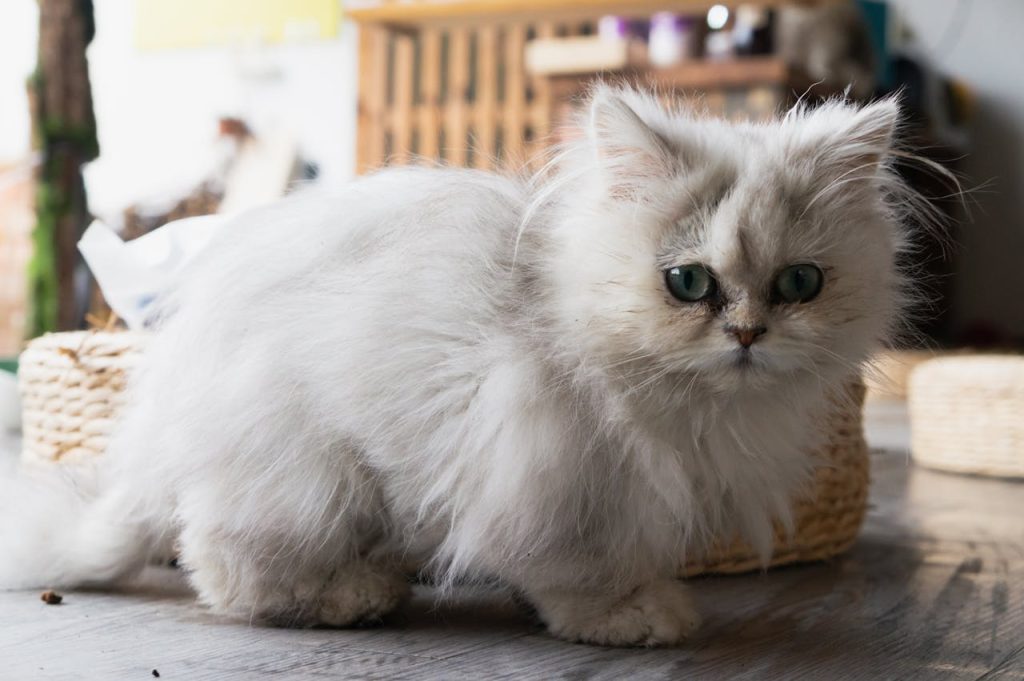
Grooming and Coat Care
The Persian cat’s long, dense coat requires daily grooming to prevent matting and tangling. Use a metal comb or slicker brush to gently remove loose fur and keep their coat in top condition.
Regular baths, approximately once a month, help maintain their silky texture and reduce shedding. Pay attention to their eyes, as Persians are prone to tear staining; cleaning with a vet-approved solution can help prevent discoloration.
Trimming their nails every few weeks and checking their ears for debris are also essential parts of their grooming routine.
Health and Lifespan
Persian cats are prone to certain health issues, including brachycephalic airway syndrome, polycystic kidney disease (PKD), and dental problems.
Regular veterinary check-ups are essential to monitor their health and address any concerns early. With proper care, Persian cats can live 12-16 years or longer.
Spaying and neutering your Persian cat not only prevents unwanted litter but also reduces the risk of certain health problems.
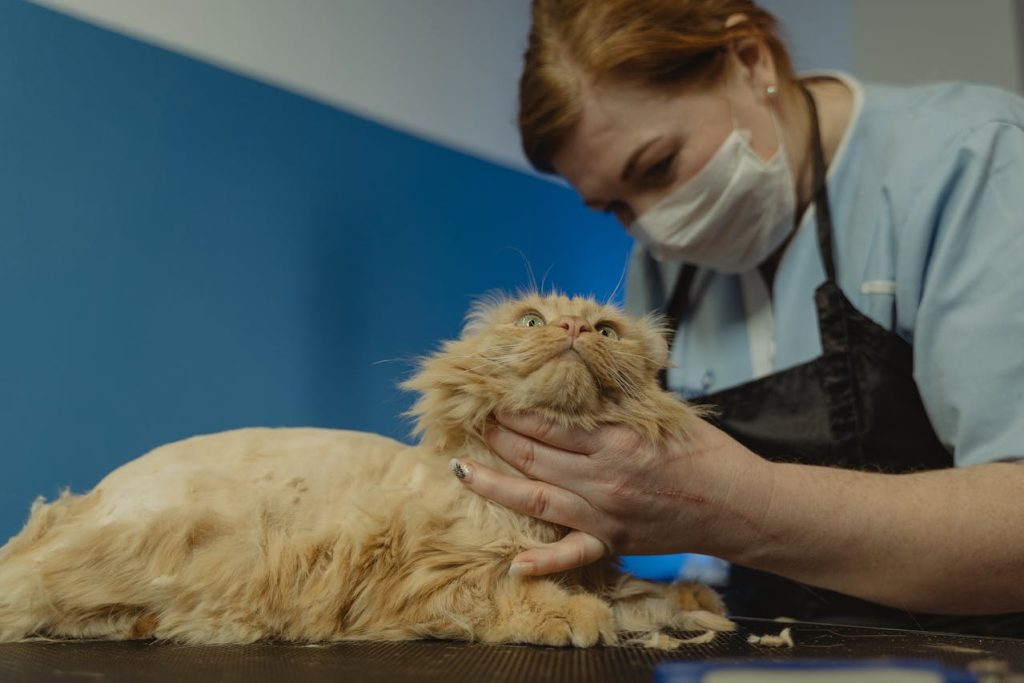
Breeding and Reproduction
Breeding Persian cats requires a deep understanding of their genetics and health. Responsible breeders prioritize the health and temperament of their cats, ensuring they meet breed standards without compromising their well-being. If you’re considering breeding, consult with experienced breeders and veterinarians to ensure ethical practices.
Final Thoughts on Persian Cats
Persian cats are a timeless breed that offers unmatched beauty and a serene temperament. They make wonderful companions for those willing to invest the time and effort into their grooming and care.
Whether you’re drawn to their luxurious appearance or their gentle personality, Persians are a breed that will undoubtedly bring elegance and affection to any home.
FAQs
1. What are the physical characteristics of a Persian cat?
Persians are known for their long, silky coats, flat-faced profile, and expressive round eyes. They come in a variety of colors and patterns, with males typically weighing 9-14 pounds and females averaging 7-11 pounds.
2. How do I choose the right Persian kitten?
Look for a healthy, active kitten with bright eyes and a clean coat. Reputable breeders and shelters prioritize the health and temperament of their cats, making them the best places to find a Persian kitten.
3. Are Persian cats intelligent and trainable?
Yes, Persians are intelligent but require patience during training. They respond well to positive reinforcement and can be taught simple commands and habits, such as using a scratching post.
4. What are the exercise needs of Persian cats?
Persians have low energy levels but enjoy short play sessions. Toys like feather wands and balls help keep them entertained and maintain their physical health.
5. How long do Persian cats live, and what are common health concerns?
With proper care, Persian cats can live 12-16 years or more. Common health concerns include brachycephalic airway syndrome and polycystic kidney disease, making regular veterinary care essential.


